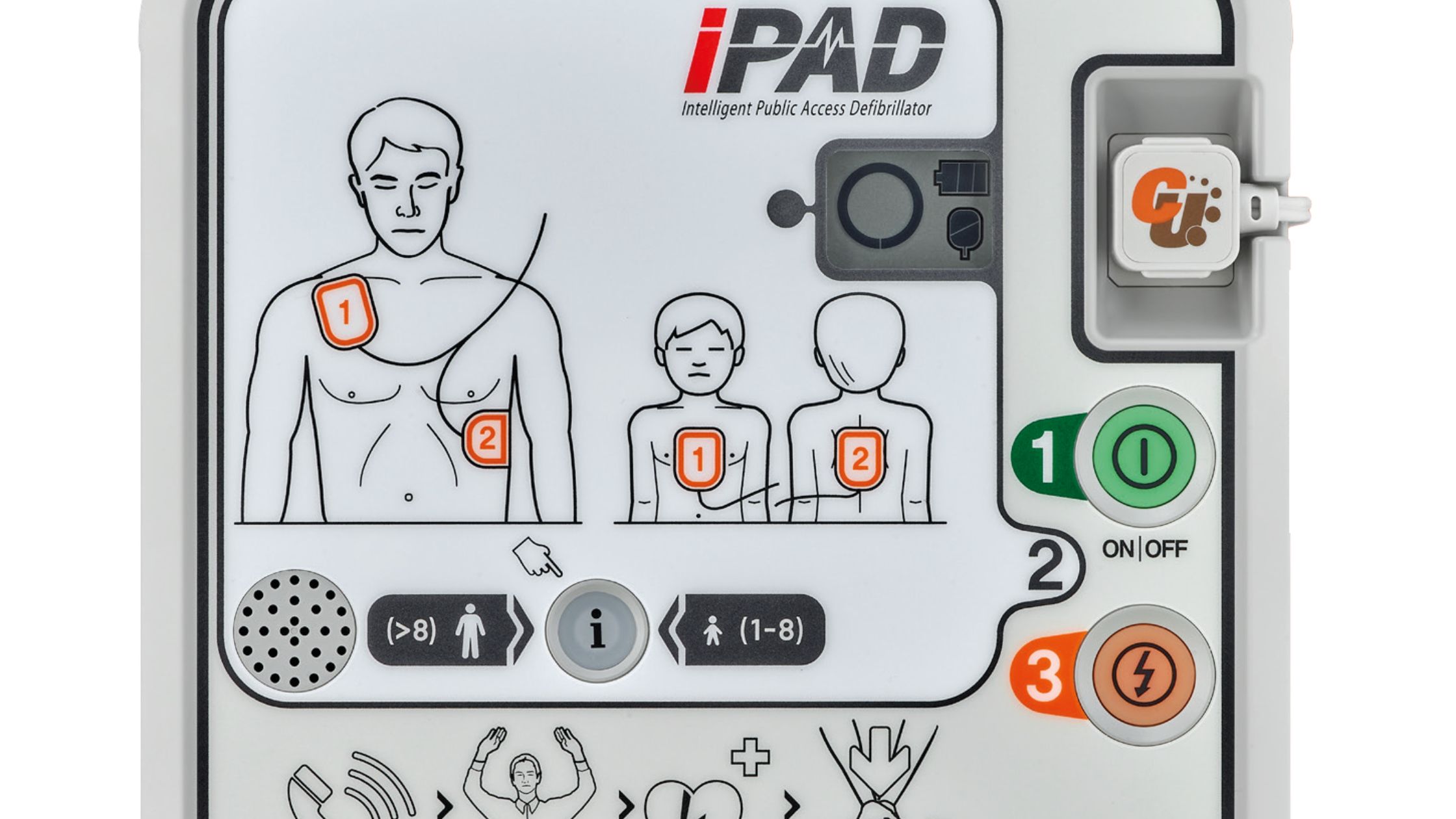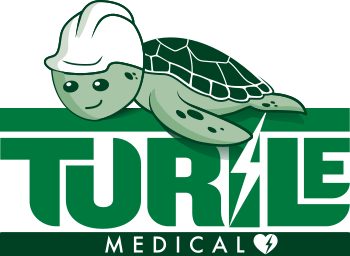
Most of us don’t expect to see someone collapse in front of us. But when it happens, it’s often sudden, confusing, and frightening. One possible cause is a condition called fibrillation, which affects how the heart beats. In moments like this, having access to a defibrillator, and knowing what it actually does, can make all the difference.
Let’s talk about what fibrillation really means, what a defibrillator does (and doesn’t do), and what you can do if you’re ever faced with this kind of situation.
What Is fibrillation?
Our hearts run on electrical signals. These signals keep everything in sync, making sure the heart squeezes in just the right way to push blood around the body. When those signals stop working properly, the rhythm of the heart can go out of balance.
In fibrillation, the heart doesn’t beat in a steady pattern anymore. Instead, it starts to flutter or shake in a disorganised way. It’s a bit like a group of people trying to row a boat without agreeing on when to row, nothing moves forward the way it should.
There are different types of fibrillation, but the one that’s most dangerous in the moment is ventricular fibrillation (VF). This happens in the lower part of the heart, and when it starts, the heart can’t pump blood the way it needs to. Without blood, the brain and other organs don’t get oxygen, and that becomes life-threatening very quickly, as anyone who has watched hospital dramas will know!
What does a defibrillator actually do?
A defibrillator is a device designed to help when someone’s heart is in a rhythm like fibrillation. It gives the heart a carefully measured electric shock, not to “restart” it like you might see in the movies, but to interrupt the disorganised rhythm and give the heart a chance to find its normal beat again.
One of the most common misconceptions is that defibrillators bring back hearts that have stopped completely. In fact, if the heart has no electrical activity at all, a defibrillator won’t shock, it won’t do anything, because there’s nothing to reset. It’s built to recognise when a shock can help, and it only delivers one if it’s appropriate to do so.
The defibrillators used in hospitals are different from the ones you’ll see in airports, shopping centres, or offices. Hospital machines are more complex and allow doctors to control the shock settings based on the situation. But the AEDs in public places are designed with simplicity in mind. They take care of the decisions so you can focus on helping.
You don’t need medical training. You open the device, and it talks you through exactly what to do. It checks the person’s heart rhythm and decides whether a shock should be given. If not, it simply tells you to keep going with CPR. We’ve written an in-depth guide on how to use a defibrillator which you can read here.
Why defibrillators matter
A man was walking through a shopping centre when he suddenly collapsed due to ventricular fibrillation. He wasn’t conscious, and he wasn’t breathing normally. People nearby called emergency services right away. Someone ran to get the defibrillator mounted on the wall. They turned it on, followed the voice instructions, and placed the pads on his chest.
The device quickly checked his heart’s rhythm and said a shock was needed. It delivered that shock, and soon after, his heart began to beat in a more regular way again. By the time paramedics arrived, he was already showing signs of recovery. This example shows exactly why defibrillators are so important. They can quite literally be the difference between life and death.
What should you do if someone collapses?
If you ever see someone collapse and they’re not responsive or breathing normally, here’s what to remember:
- Call emergency services immediately. Don’t wait, get help on the way.
- Start chest compressions. Push hard and fast in the centre of the chest as this helps keep blood moving.
- Use a defibrillator if one is nearby. Turn it on and follow the instructions. It will tell you what to do.
- Keep going until help arrives. Whether or not a shock is given, continue CPR unless the person starts breathing on their own.
It’s okay to feel unsure. Most people do. But you don’t have to be perfect, you just have to do your best. The defibrillator is there to guide you.
Do you have questions about defibrillators, or would you like some tailored advice? Talk to our friendly team, we’d be more than happy to answer your questions and offer suggestions.

